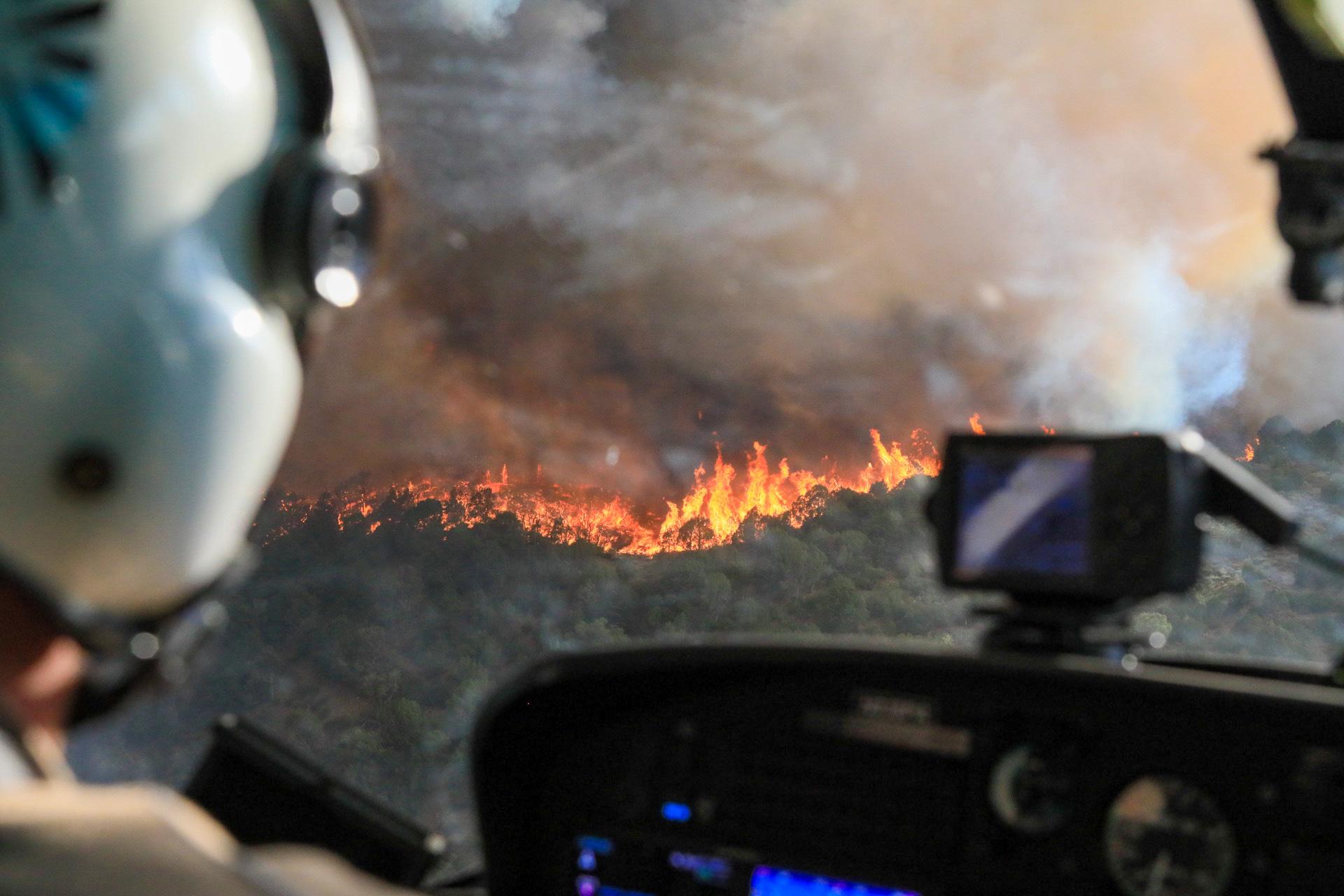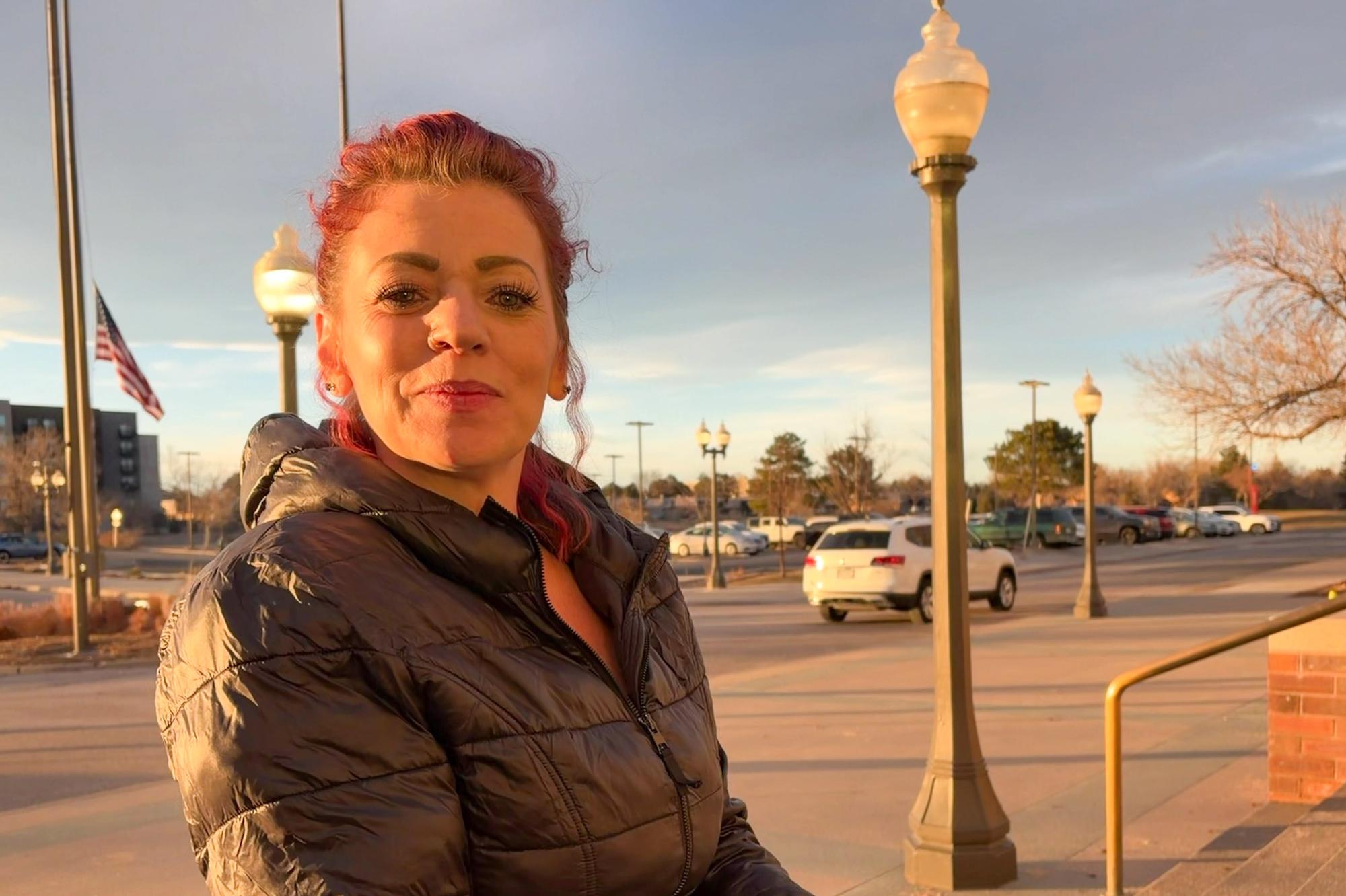
As human-caused climate change fans the flames of wildfires in the western United States, data scientist Nathan Mietkiewicz wanted to know more about the role people play in igniting the fires.
He combined housing and wildfire data and found that humans were responsible for igniting 97-percent of home-threatening wildfires in the U.S. between 1992 and 2015.
"We all fell out of our chairs," he said of the shock felt by himself and his team. "It was quite the finding that we didn't expect."
The analysis, which Mietkiewicz led as a postdoc at the University of Colorado Boulder, focused on wildfires in the wildland-urban interface where a growing number of homes meet or are built on undeveloped, natural and fire-prone land. By last estimates, nearly 3 million people live in Colorado's wildland-urban interface, about half of the state's total population in 2017.
Mietkiewicz looked at the ignition sources for the 1.6 million wildfires in the U.S. that happened in those 23 years and found almost all fires in the WUI were started through things like debris burning, equipment use and arson.
More than 60 million homes have been within one kilometer of a wildfire in that time. These fires can be overlooked because they're often small.
"Small fires matter to homes," Mietkiewicz said. "It may not matter in the total burn area for the year. But when humans started wildfires that threaten homes, it became the bulk of the fires that were being looked at that were small. Less than four kilometers squared."
While these fires might start small, the question is how climate change might affect these human-caused fires, "which can become big when fueled by more conducive climate conditions."
These small fires also add up to a large portion of the fire suppression budget, since they threaten homes. Mietkiewicz's study found these small fires account for a third of the budget — about $4.8 billion.
"And those are the fires that we have the ability to stop essentially," he said. "Because we start them, we can remove them from the wildfire equation, essentially."
But climate change complicates things. Twenty years ago, "it wouldn't have been a problem" for these rural or wildland homeowners to burn debris at the same time every year. With a changing climate, that historical clearing time of the year may now "be a high fire risk time of year," Mietkiewicz said.
He hopes his research will help shape education and policy around when to burn and how to best do more prescribed burning to reduce overgrowth and other flammables, "so that we don't have the destruction like what we're seeing" in places like California, where over 4,200 structures have burned this year alone.
"It's just astounding, and we have the power to change that," he said.









